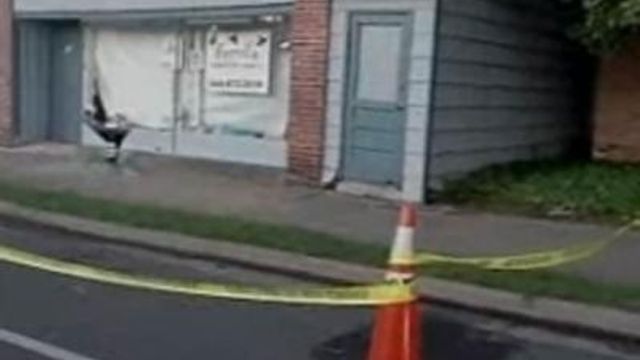'Southeast Shakeout' promotes earthquake preparedness
More than a year after an earthquake in Virginia rattled the East Coast, millions of students and residents in several states took part Thursday in the first-ever earthquake exercise for the Southeast.
The "Southeast Shakeout" was scheduled for 10:18 a.m., the exact time the 2011 Virginia earthquakebegan.
"While earthquakes in North Carolina are rare, they do happen," State Emergency Management Director Doug Hoell said. "Even earthquakes in other areas can send shockwaves across our state, as we experienced last year."
In 2012, four small earthquakes have been reported in North Carolina counties. Most recently, a 2.2-magnitude quake was felt in Madison County, north of Asheville. The largest earthquake centered in North Carolina happened in 1916, when a 5.5-magnitude earthquake rattled buildings and cracked foundations in Asheville and Waynesville.
Thursday's drill is just one way Hoell said North Carolina residents can stay prepared in the event another earthquake impacts the state.
Federal, state and local emergency management officials agree on the following tips for keeping safe in an earthquake:
- Drop to the ground (before the earthquake makes you fall)
- Take cover under a sturdy desk or table
- Hold on to the desk until the shaking stops.
- If there is no table or desk nearby, crouch in an inside corner of a building and cover your head and neck with your hands and arms.
- Stay away from bookshelves, lamps, TVs, cabinets and other objects as much as possible. Such items may fall and cause injuries.
Just as importantly, Hoell said, there are several actions that people should not do.
- Do not get in a doorway. They are not safe and do not protect you from falling or flying objects.
- Do not run outside. Running in an earthquake is dangerous. The ground is moving making it easy to fall or be injured by falling structures, trees, debris or glass.











